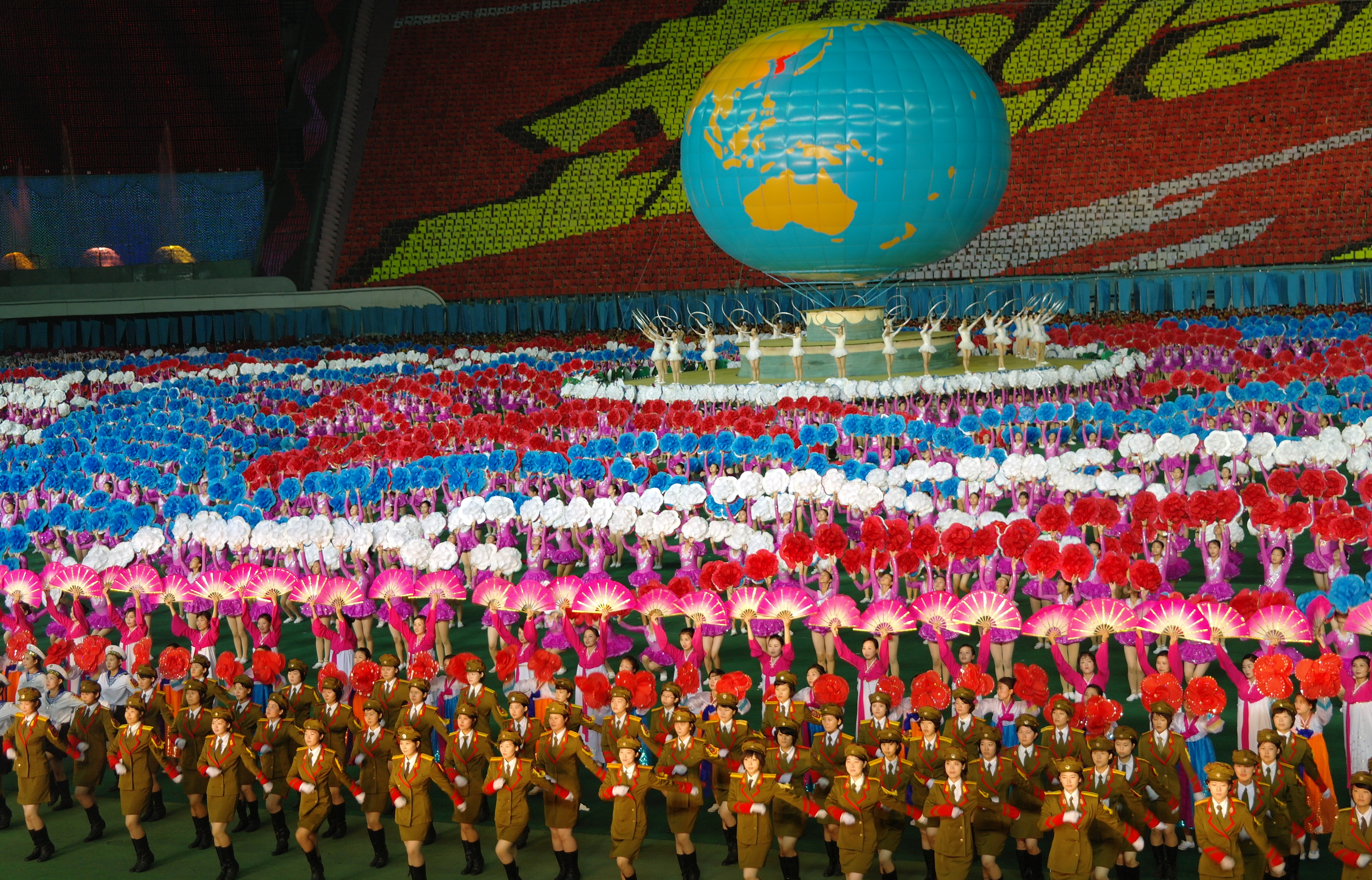
The Purpose of North Korean Gymnastics
Research Reviews | October 12, 2021
Jeong Pil Heo
Researcher at Dongguk University's Institute for North Korean Studies
North Korea’s gymnastics has been used as a means to consolidate its education on political ideology of the socialist system. North Korea's art performances which are in the form of large-scale gymnastic or mass games involving youth, students, and workers have been carried out for its internal governance and charm offensive. The author underlines that North Korea's mass gymnastics will continually propagate the Party's line and legitimacy both domestically and internationally and strengthen the people's collectivist spirit. The author also adds his hope at the end of this article that a new turning point in inter-Korean relations will be created by organizing a joint Korean team for the 2022 Beijing Winter Olympics.
North Korean gymnastics is divided into collective gymnastics and daily gymnastics by Articles15 (Collective gymnastics) and 17 (Public sports (daily sports)) of the North Korean Sports Act.
The collective gymnastics in Article 15 of the North Korean Sports Act is characterizedas an athletic activity that emphasizes the spirit of collectivism in the socialist system. The major works of collective gymnastics that combine athletic skills and artistry include grand mass games such “Arirang” (2002), “The Glorious Country” (2018), “People’s Country” (2019), and “Great Leadership” (2020). Article 17 Public Sports (Daily sports) defines gymnastics as a dailywork-out for improving health and preventing injuries, which include daily gymnastics for each age group from young children to the elderly (i.e., dance gymnastics routines for kindergarten children, youths, the general public, the elderly,etc.), “breaktime gymnastics for workers,” “soccerdance gymnastics,” “basketball dance gymnastics,” and “wrestling dance gymnastics.”
North Korea's emphasis on gymnastics began during the Kim Il-sung era. On November 4, 1969, Kim Il-sung delivered the following speech at the National Sports Festival.
An important purpose of the continuous promotion of collective gymnastics is to cultivate a collectivist spirit among young students.···Because collective gymnasticsis a form of sport combined with high artistry and ideology, if young students are trained politically and ideologically in the process of group gymnastics, their artistic discipline will increase, leading to better singing and dancing.··· Breaktimegymnastics must be performed by those who work in coal mines or undergroundtents, as well as those who work in underground factories. (Rodong Sinmun, November 4, 1969)
North Korea's gymnastics system was established during the Kim Il-sung era and developed into organizational physical activity. On the other hand, gymnastics during the Kim Jong-il era was transformed into a form of propaganda collective gymnastics that includes ideology, artistry, and athletic skills, which was used as a means of publicizing the communist, the Juche ideology, and the legitimacy of the party's lines and policies both internally and externally.
Developing group gymnastics has important significance in nurturing young students into fully developed communist human beings… Collective gymnastics is an important means of demonstrating the legitimacy and vitality of our Party's lines and policies by firmly arming the workers with the Juche ideology.
Kim il Sung: Selected Works 9 (Pyongyang: Workers' Party of Korea Publishing House, 1997)
Since the Kim Jong-il era, group gymnastics has changed into a mass gymnastics and artistic performance that consists of gymnastics, card sections, and music. In 2002, ‘Arirang', a mass game, was performed for the first time to commemorate the 90th anniversary of Kim Il-sung’s birth, the 60th birthday of Kim Jong-il, and the 70th anniversary of the founding of the Korean People's Army. The Grand Mass Gymnastics and Artistic Performance ‘Arirang’ was performed every year from 2002 to 2013, except in 2006. ‘Arirang’ highlights the goals of uniting the people and building a strong and prosperous nation through comradeship, the Arirang nation, single-minded unity, modernization, and informatization. The mass game also highlights the Mt. Paektu Army and military-first policy for its military, while emphasizing messages regarding the railroad connection from Sinuiju to Busan, cooperation in the three main areas for reunification to South Korea, and independence, peace, and friendship to the outside world.
The mass games are grand, involving around 100,000 artists, adolescents, students, and workers. However, the infringement of the human rights of the children forced to participate is a persisting problem.
During the Kim Jong-un era, from September 2013 to 2017, the mass games were not held. The performance “The Glorious Country” was held in September 2018 as the first mass games in five years, held to commemorate the 70th anniversary of the establishment of the North Korean government.
Similar to the Arirang Mass Games, approximately 100,000 artists, adolescents, students, and workers performed in “The Glorious Country.” However, unlike the Arirang Mass Games, “The Glorious Country” mass games was used to promote Kim Jong-un’s achievements, as he moved into the global stage through the inter-Korean and China-DPRK summits in 2018 and the U.S.-DPRK summit, and North Korea’s new leap forward, both domestically and internationally . The key characteristics of “The Glorious Country” are that it promoted single-hearted unity and strengthened socialism internally within the Kim regime, the protection of the border to create an impregnable fortress within the military, an era of peace and prosperity on a unified Korean Peninsula toward South Korea, and changes in North Korea through its efforts to diversify foreign relations toward the international community.
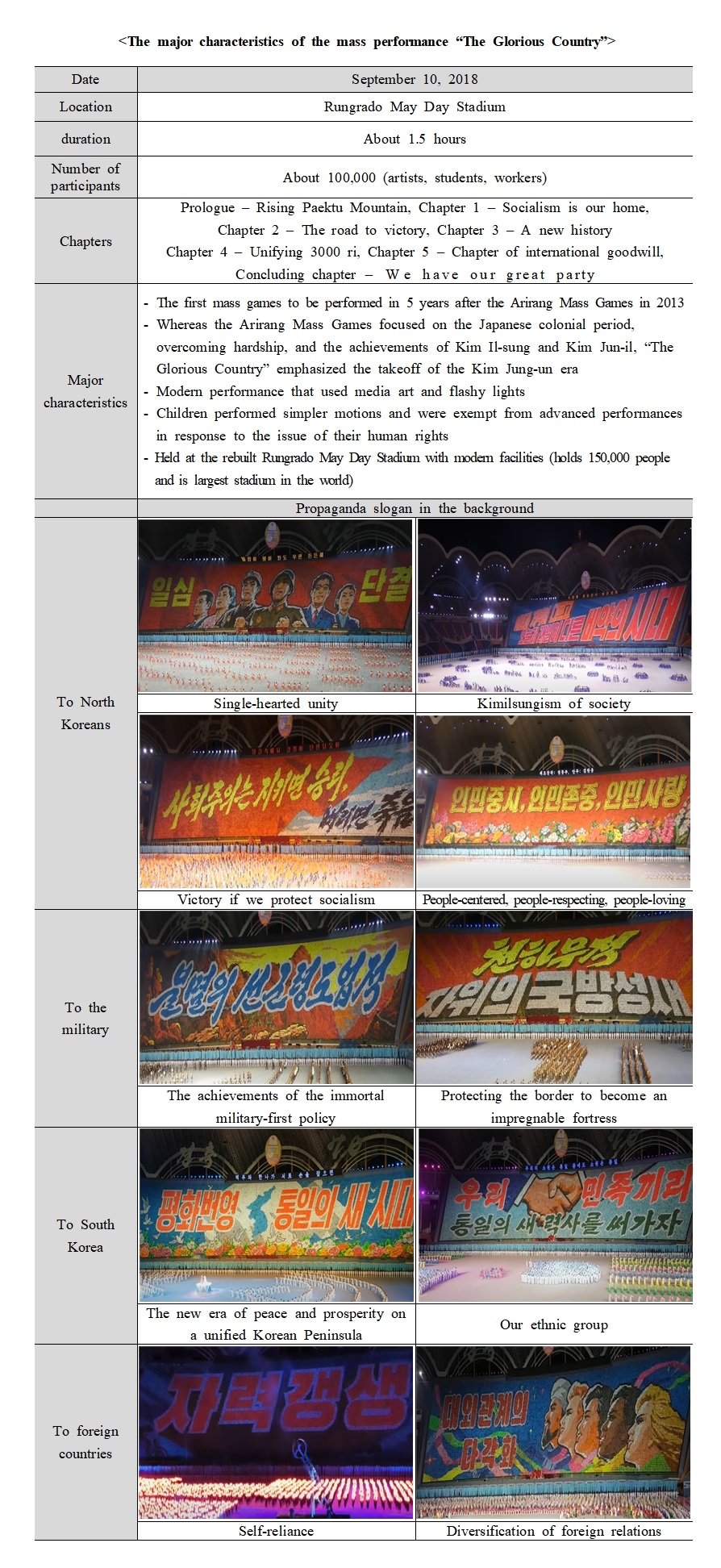
Source: https://www.youtube.com/watch?v=1F42BzUHsnQ
North Korea’s takeoff has been stalled ever since the U.S.-North Korea Hanoi Summit fell through in February 2019. North Korea still faces sanctions posed by the international community and the U.S.. In this situation, North Korea performed “People’s Country” on June 3, 2019, “Invincible Socialism” on June 21, 2019 on account of President Xi Jinping’s state visit to North Korea, and “Great Leadership” on October 11, 2020 to commemorate the 75th anniversary of the North Korean regime. These performances aimed to emphasize people-first politics rather than military-first politics to promote citizen integration and the leadership of the Supreme Leader to the North Korean public, the military of the party rather than the military first policy to the military, our ethnic group to South Korea, and “Let’s live our way” amidst international sanctions to the international community.
The mass games of Kim Jong-un’s reign continue amid strengthening international sanctions in 2018 and the global COVID-19 pandemic of 2020. In 2018, the performances aimed to show off “Kim Jong-un’s achievements” after he came into power and “goals for taking a leap forward;” the performances in 2019 showed” maintenance of the socialist regime” and “self-reliance.” In 2020, the performances were held to strengthen national rule and win public sentiment by showing “self-reliance” and “Let’s live our way” during the three hardships of international sanctions, flood damage, and COVID-19.
It seems North Korea’s mass games will continue to be held to inform the direction and legitimacy of the Party domestically and internationally and to strengthen the people’s collectivist spirit.■
■ Heo, Jeong Pil is a Ph.D in North Korean Studies, Researcher at Dongguk University's Institute for North Korean Studies.
■ Typeset by Min Ji Yun Director of the External Relations Department
For inquiries: 02 2277 1683 (ext. 203) | jymin@eai.or.kr
Inter-Korean relations
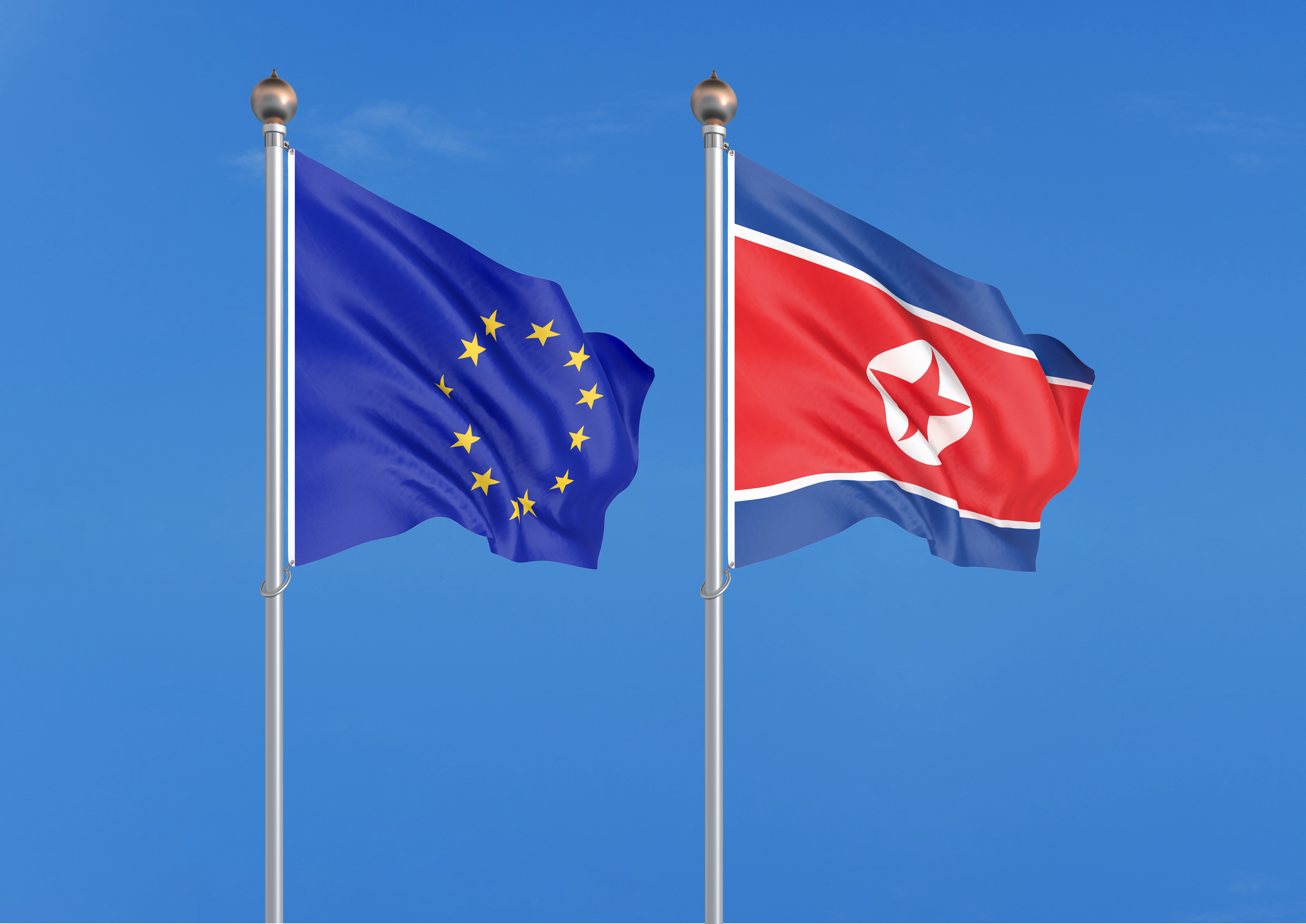
The EU’s North Korea Policy: From Engagement, to Critical Engagement, and to Criticism with Limited Engagement
Ramon Pacheco Pardo | September 29, 2021
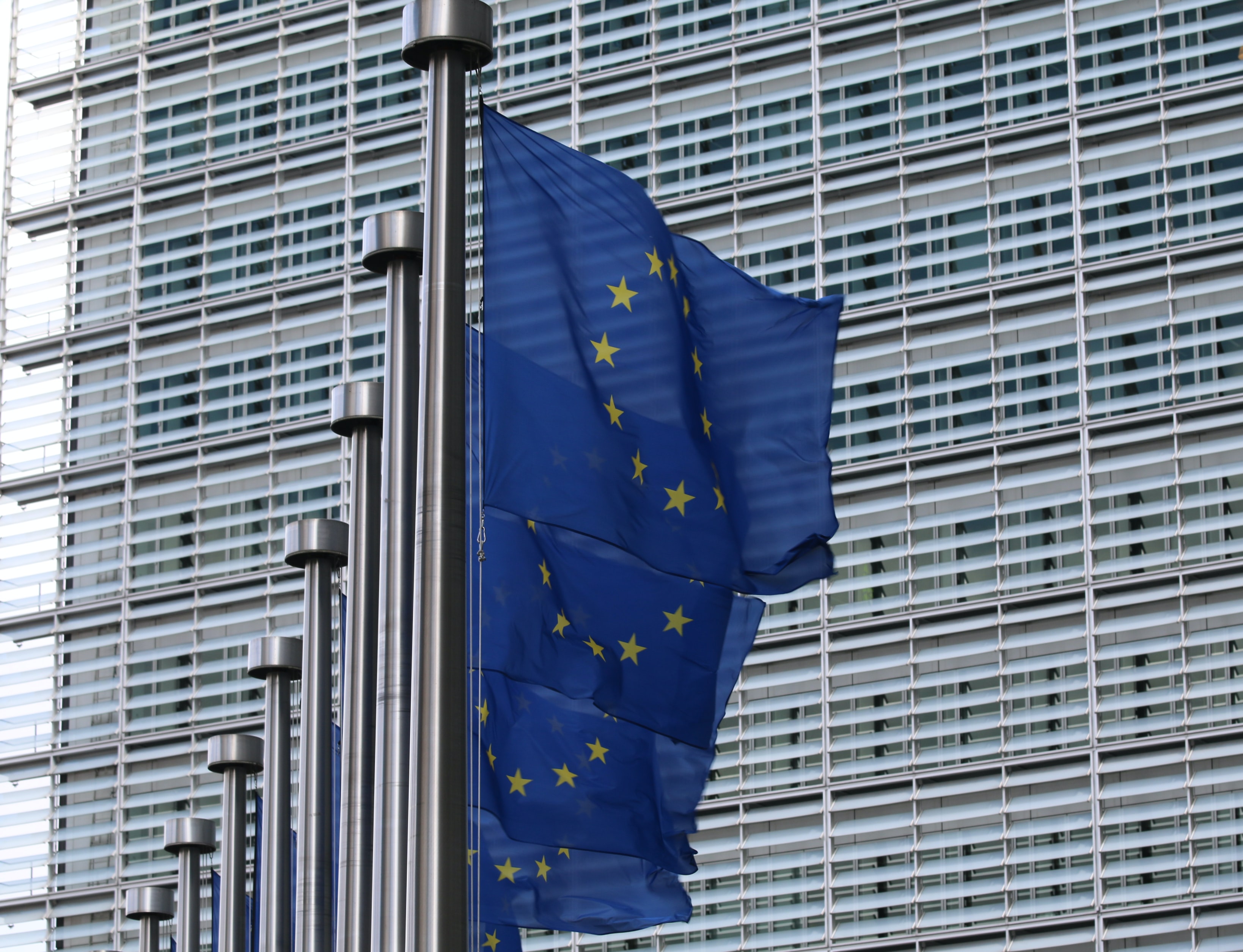
The EU and the North Korean Conundrum: Supporting Reconciliation and Denuclearization
Ramon Pacheco Pardo | September 16, 2021
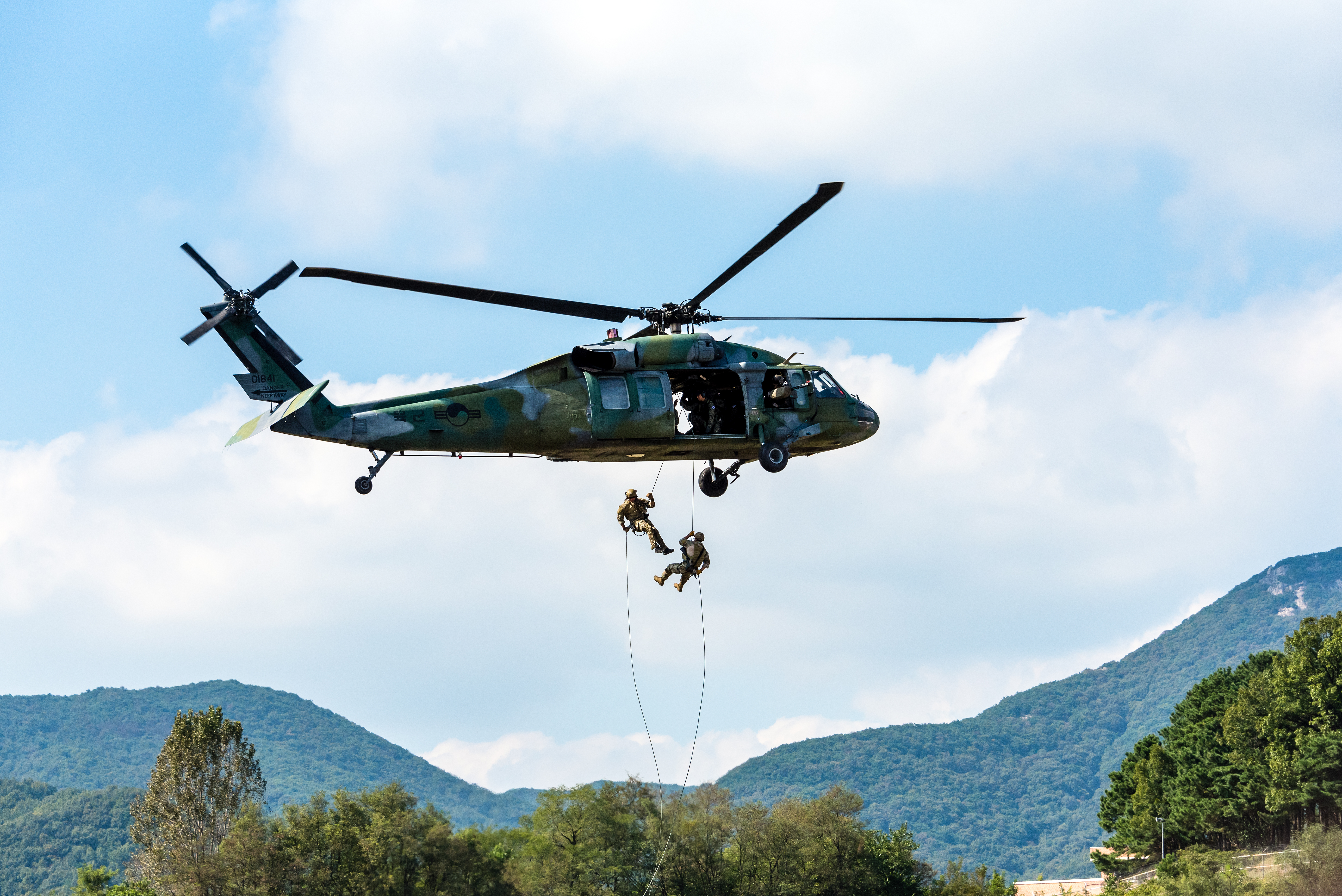
Restoration of the Communication Line and the ROK–U.S. Joint Military Exercise: Interpretation of North Korea's Tactics
Won Gon Park | September 14, 2021
LIST